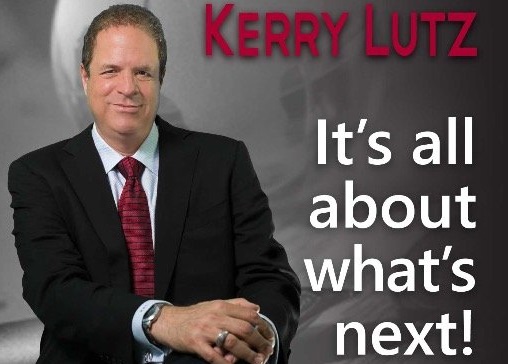by Darryl Robert Schoon, Financial Survival Network:

“Deep down in our hearts, we know that we have bankrupted America and that we have given our children a legacy of bankruptcy. We have defrauded our country to get ourselves elected.” – Senator John C. Danforth (MO-R), April 22, 1992
The debate on raising the debt limit was akin to deciding whether a patient should continue a fatal regimen of steroids, i.e., excessive money printing. Since the 2008 financial crisis, only excessive money printing—free credit to banks at 0.0 to 0.25 % interest and unprecedented infusions of cash (over four trillion dollars in quantitative easing)—has kept the US economy alive.
TRUTH LIVES on at https://sgtreport.tv/
The cost of doing so, however, is not measured by the cost of credit or cash debited on the Fed’s ballooning balance sheet. Like steroids, excessive money printing is eventually fatal as the requisite balance between credit and debt becomes so distorted capital markets can no longer function.
Eight years after the 2008 financial crisis, in 2016 the Fed attempted to reduce its excessive money printing but soon found that even small increases in the cost of credit caused the US economy to slow—and, at slow speed, capital markets, like bicycles, perform poorly.
In 2020, because of covid-lockdowns, the Fed reverted to extreme monetary measures, e.g. zero percent interest rates and exponentially expanding the money supply, to keep the economy from again collapsing.

Such extreme measures were necessary to prevent the economy from succumbing to a severe deflationary contraction. The velocity of money, a measure of economic activity, had plunged to levels even lower than during the 1930’s Great Depression.

The historic expansion of the money supply in 2020 reawakened inflationary forces; and the Fed raised interest rates to prevent rapidly expanding inflation from turning into hyper-inflation, a monetary phenomenon responsible for the collapse of economies and governments since the invention of fiat money in 1024, see Ralph Terry Foster’s Fiat Paper Money: The History and Evolution of Our Currency.
In 2022, because of the Fed’s rising interest rates, speculative bubbles in stocks, bonds, cryptocurrencies and real estate, inflated by the Fed’s excessive money-printing, began to collapse as did commercial banks, e.g., Silicon Valley Bank, Signature Bank and First Republic Bank, when the debate on raising the debt-limit began.
The subsequent decision to raise the debt limit was not so much a sign of increasingly rare cooperation between Republicans and Democrats as it was the unspoken acknowledgement by both parties that the economic tides threatening America had become exceptionally treacherous.
Both parties knew the patient—aged and bloated, encumbered with aggregate levels of debt incapable of ever being repaid and technically bankrupt—was incapable of withstanding more endogenous shocks, i.e., more bank failures, let alone a catastrophic exogenous shock, i.e., the political inability to pay its bills; and, accordingly, politicians voted to allow the financially fatal regimen of monetary steroids to continue.
How We Got Here
“The central bank is an institution of the most-deadly hostility existing against the Principles and form of our Constitution. I am an Enemy to all banks discounting bills or notes for anything but Coin [gold and silver coins]. If the American People allow private banks to control the issuance of their currency, first by inflation and then by deflation, the banks and corporations that will grow up around them will deprive the People of all their Property until their Children will wake up homeless on the continent their Fathers conquered.” – Thomas Jefferson, 1814
In 1913, almost one hundred years after Thomas Jefferson wrote those words, the US allowed The Federal Reserve Bank, a central bank, to replace the US Treasury as the issuer of the US dollar. The US dollar became a conveyance of debt and United States of America, a nation of debtors.
Read More @ FinancialSurvivalNetwork.com



